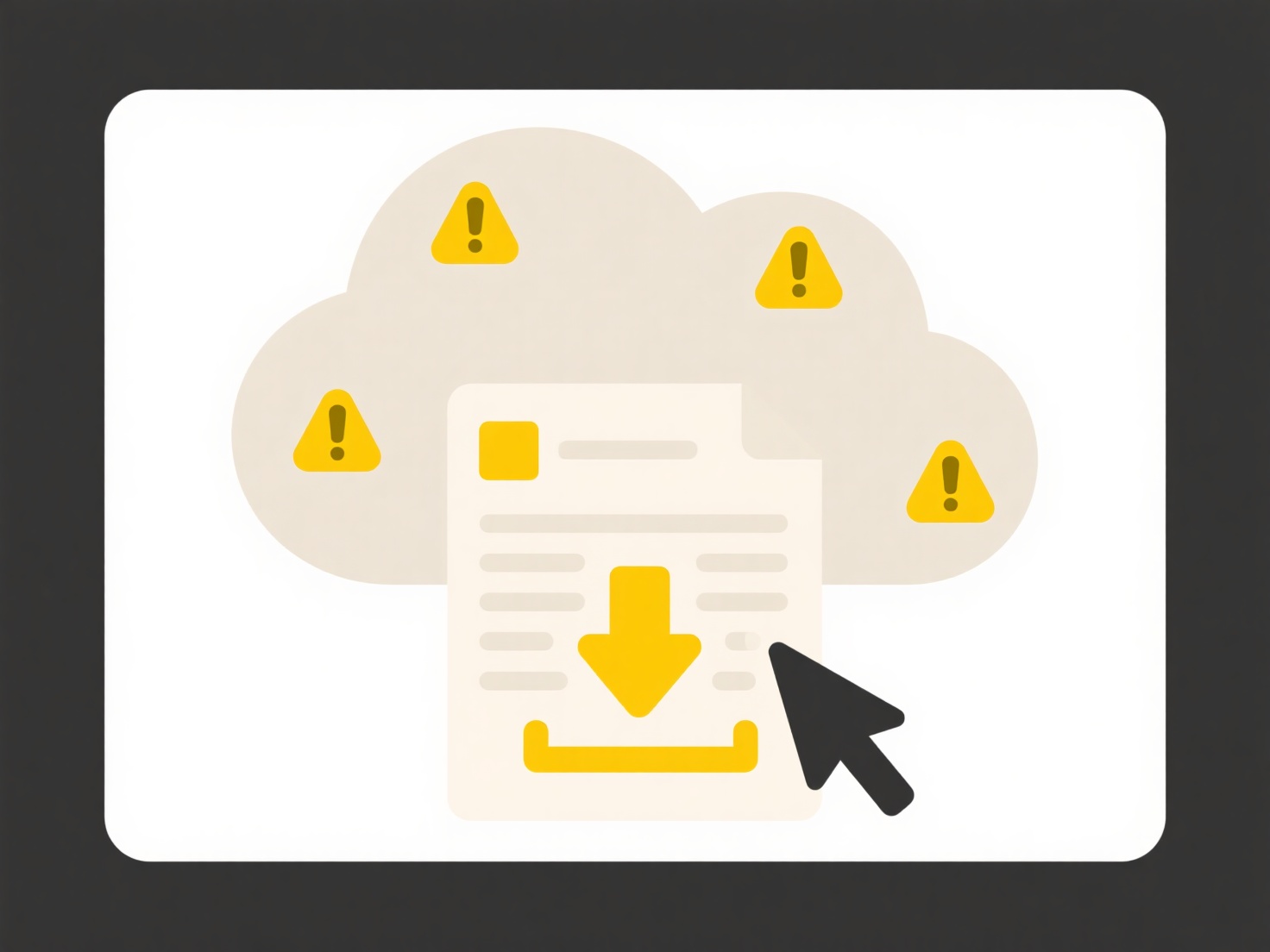
Quarantining suspicious shared file activity isolates risky interactions within shared storage environments, such as corporate drives or cloud storage platforms, without deleting the file itself. Instead of blocking access completely like simple detection might, it specifically restricts further interactions (like viewing, editing, or downloading) associated with the suspicious activity, containing potential threats like ransomware spread or data exfiltration. This differs from merely alerting on activity by actively preventing its continuation.

For example, a security platform detecting unusual mass file encryption attempts by one user account against patient records in a healthcare system might instantly quarantine all file activity linked to that user on those specific folders. Similarly, in a financial firm, a system could quarantine the download activity flagged by Data Loss Prevention (DLP) tools when an employee attempts to transfer numerous confidential client contracts to a personal cloud account.
This containment offers significant advantages by stopping active threats quickly and minimizing damage. However, limitations include possible false positives temporarily disrupting legitimate work and reliance on accurate detection systems. Ethically, organizations must balance security with user productivity and privacy. Future enhancements focus on integrating deeper context and automation to refine quarantines, enabling faster responses with less disruption as the technology evolves.
Can I quarantine suspicious shared file activity?
Quarantining suspicious shared file activity isolates risky interactions within shared storage environments, such as corporate drives or cloud storage platforms, without deleting the file itself. Instead of blocking access completely like simple detection might, it specifically restricts further interactions (like viewing, editing, or downloading) associated with the suspicious activity, containing potential threats like ransomware spread or data exfiltration. This differs from merely alerting on activity by actively preventing its continuation.

For example, a security platform detecting unusual mass file encryption attempts by one user account against patient records in a healthcare system might instantly quarantine all file activity linked to that user on those specific folders. Similarly, in a financial firm, a system could quarantine the download activity flagged by Data Loss Prevention (DLP) tools when an employee attempts to transfer numerous confidential client contracts to a personal cloud account.
This containment offers significant advantages by stopping active threats quickly and minimizing damage. However, limitations include possible false positives temporarily disrupting legitimate work and reliance on accurate detection systems. Ethically, organizations must balance security with user productivity and privacy. Future enhancements focus on integrating deeper context and automation to refine quarantines, enabling faster responses with less disruption as the technology evolves.
Quick Article Links
How do I manage seasonal file organization?
Seasonal file organization manages recurring files linked to specific times of year, such as quarterly reports, holiday ...
Can I search across all drives at once?
Searching across all drives at once refers to the capability of a single query scanning multiple distinct storage device...
How do I migrate files into a new structure?
Migrating files into a new structure involves deliberately relocating and reorganizing existing files and folders accord...